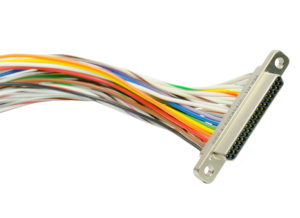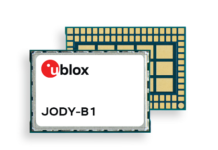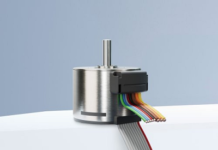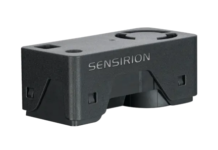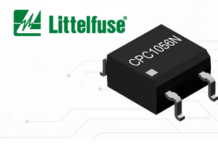Rugged and moisture-sealed for data, power and signal transmission; Ultra-high temperature option; suits aerospace and oil exploration
ITT Cannon’s MDM and MDV Micro Series connectors for data, power and signal transmission are now available from TTI, Inc., a world-leading specialist distributor of electronic components. Optimised to save space and weight in demanding applications, such as space vehicles, defence systems and oil exploration equipment, Micro Series Connectors are rugged and moisture-sealed. These data, power and signal interconnects combine versatility with high performance and high reliability and are designed to be comparable with MIL-DTL-83513-style connectors.
The MDM and MDV Micro Series are available in eight shell sizes, and accommodate nine to one hundred contacts (copper alloy or gold plated) in positions 9, 15, 21, 25, 31, 27, 51 and 100. Wire sizes are AWG 24 to AWG32. The interconnects use the Cannon field-proven micro twist pin contact system, which reverses the traditional pin and socket arrangement and ensures that the pins will mate even under misalignment conditions. Highly robust, the MDM and MDV Micro Series can withstand 500 mating cycles. Available configurations include Micro-D Metal (MDM); coaxial/power, PCB, surface mount, micro strip, hermetic, filter, centre jackscrew and circular connectors.
Across the MDM Series there are three temperature variations: the Micro MDM Standard at -55degC to +150degC, the High Temp Micro MD F222 Series at -55degC to +200degC, and the Ultra-High Temp Micro MDM F300 Series covers -55degC to +230degC.
Suitable aerospace and defence applications for ITT Micro Series connectors include avionics, military ground vehicles, missile systems, satellites and space vehicles. In the transportation and industrial sectors, applications include automation equipment and robotics, commercial and industrial signal networks, control systems, geophysical exploration/mining equipment, rail and highway infrastructure and test and measurement equipment. In the oil and gas industries, the interconnects meet the demands of down-hole drilling, offshore drilling, and equipment used in oilfield services equipment and oil exploration.



